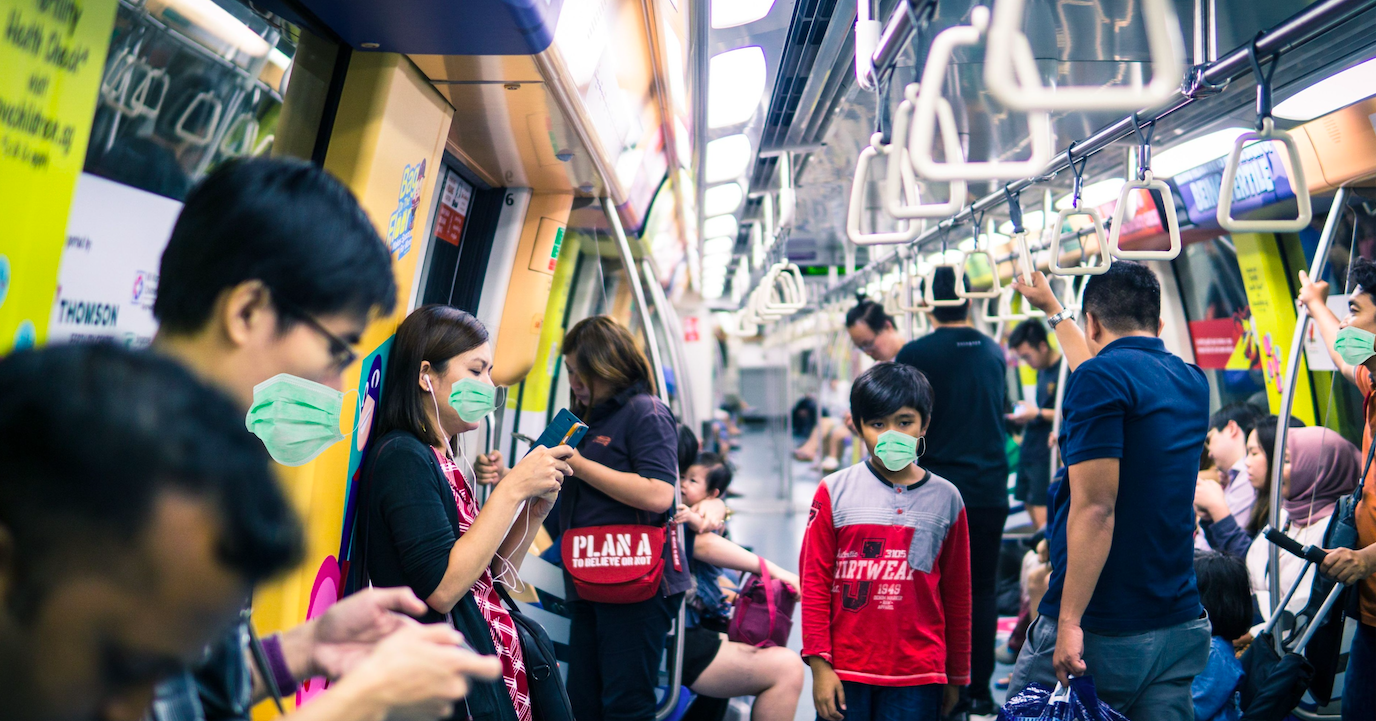As Singapore enters phase 1 post-circuit breaker, questions invariably arise.
One salient question, as the country returns to work and school, might be why the population is allowed to board relatively crowded public transport, but yet prohibited from visiting friends and certain family members.
Different risks
At a virtual press conference on June 8, Minister and Co-chair of the Multi-Ministry Taskforce (MTF) Lawrence Wong said that he understood why such comparisons are made, but explained that the settings and risk are "very different" in public transport.
Acknowledging that it will be difficult to maintain physical distance on a train or bus, Wong said that the government has therefore taken other precautions.
This includes wearing a masks and requiring commuters not to talk.
Cleaning has also been stepped up.
Furthermore, Wong said, public transport journeys are not long — they are qualified as "transient risks" that the above measures will minimise even further.
"But social interactions are of a different magnitude of risk all together," the minister elaborated.
He said:
"When we gather together, whether to talk, to interact, to have a meal together, the risks are much higher, and the evidence we have for cases in Singapore and also the evidence around the world, shows that the vast majority of cases are typically spread by these few events that involve social interactions and gatherings."
As a result, strict limits on such gatherings are needed.
While the government wants the population to resume work and school, overall restrictions continue to be tight, Wong added.
He also said: "We appeal to everyone in Singapore that our mindset should not be to exploit each and every rule to the fullest possible degree, but really to understand the spirit of the regulations and to continue to uphold the precautions."
Top photo by Kit Suman on Unsplash
If you like what you read, follow us on Facebook, Instagram, Twitter and Telegram to get the latest updates.
